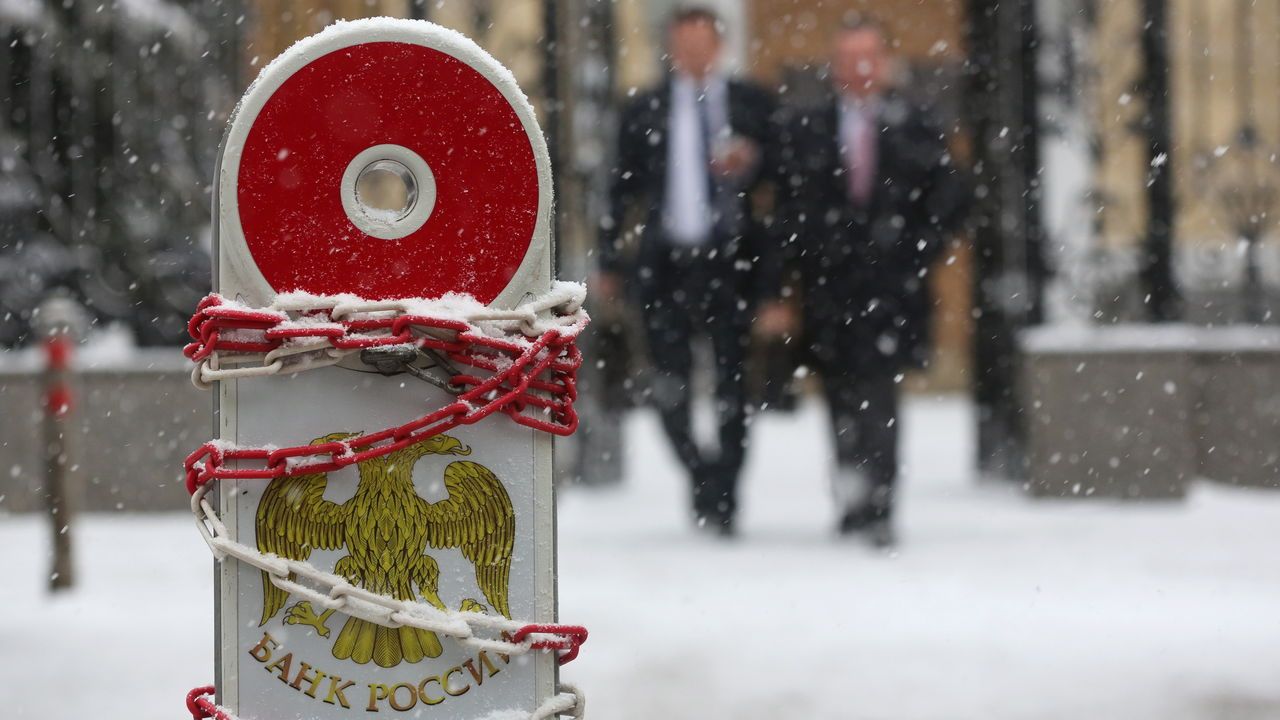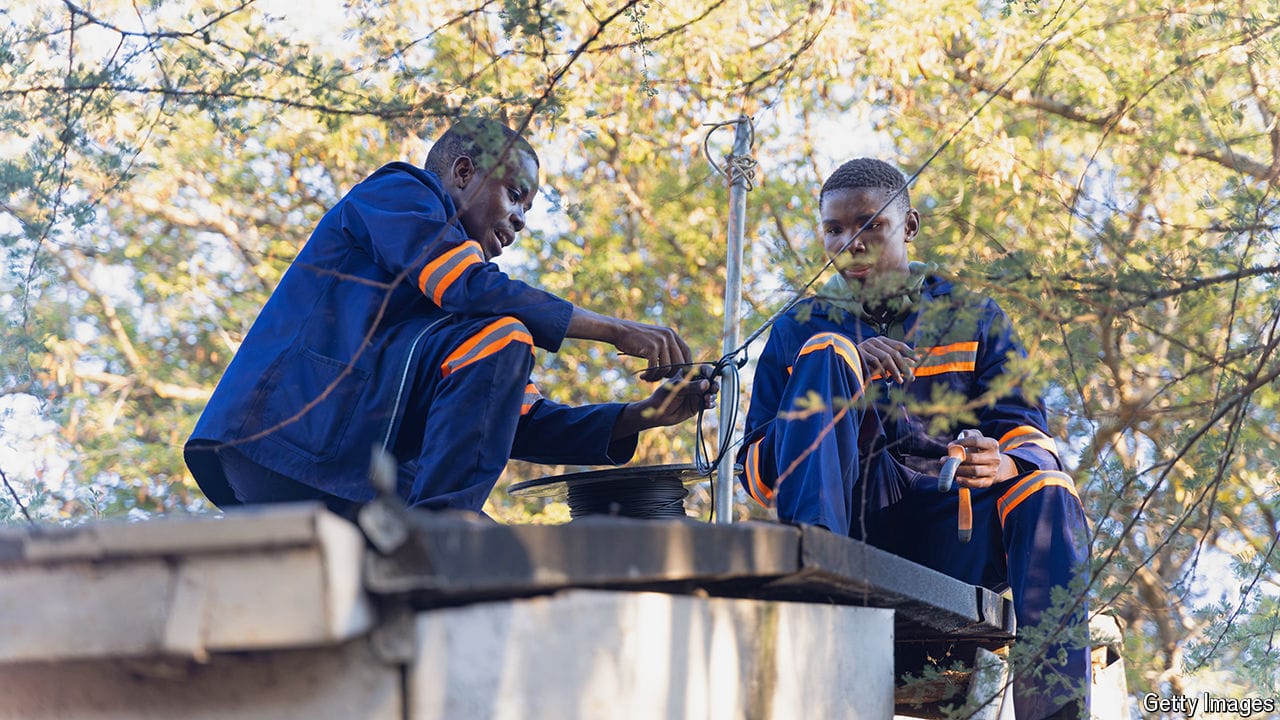How to put Russia’s frozen assets to work for Ukraine
Exploit them to the full, but legally

With America’s House of Representatives denying aid for Ukraine, other Western politicians are hunting for an alternative source of funds. Their eyes have settled on assets worth €260bn ($282bn) belonging to Russia that have been frozen since its full-scale invasion two years ago. There is a growing clamour in support of the moral and practical case for using this money to help pay for Ukraine’s defence. On February 27th Janet Yellen, America’s treasury secretary, called for the value of these assets to be unlocked. But most of the portfolio sits in Belgium, and the European Union has been divided about the wisdom—and legality—of putting it to use.
Explore more
This article appeared in the Leaders section of the print edition under the headline “Don’t seize: capitalise”
Leaders March 2nd 2024
More from Leaders

Germany’s failure to lead the EU is becoming a problem
A weak chancellor and coalition rows are to blame

How to ensure Africa is not left behind by the AI revolution
Weak digital infrastructure is holding the continent back

A global gold rush is changing sport
Fans may be cooling on the Olympics, but elsewhere technology is transforming how sport is watched
Can Kamala Harris win?
Joe Biden’s vice-president has an extraordinary opportunity. But she also has a mountain to climb
MAGA Republicans are wrong to seek a cheaper dollar
It is hard to cast America as a victim of the global financial system
Joe Biden has given Democrats a second chance to win the White House
If they are not to squander it, they must have a proper contest
